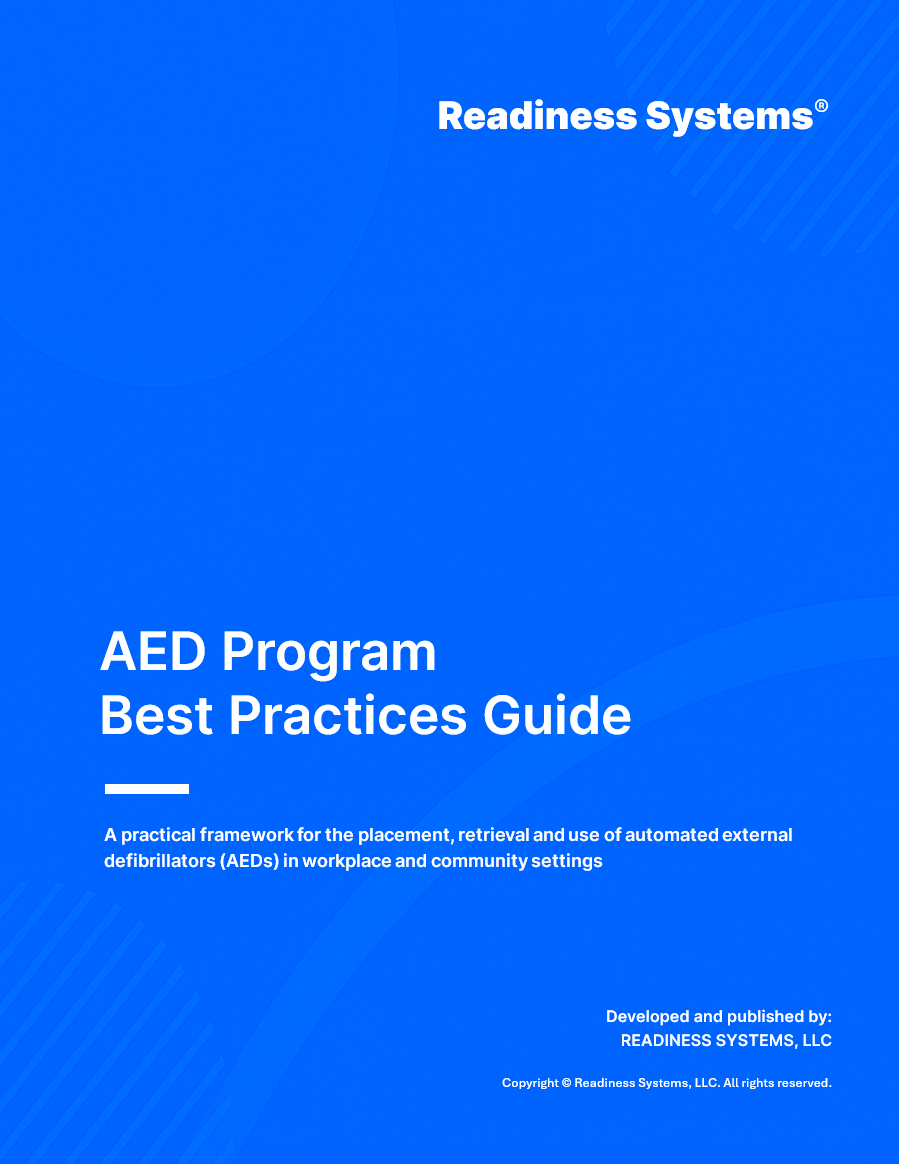Imagining a World with All the AEDs We Need
Imagining a World with All the AEDs We Need In a world with more AEDs, setting up and running a thoughtfully designed, well-prepared, and high-performance AED program is a very attainable goal. By: Richard A. Lazar | Originally published June 1, 2019 in Occupational Health & Safety Magazine This is the third in a series […]
A New Model for Increasing Cardiac Arrest Survival Requires We Fix the National AED Shortage, Too
A New Model for Increasing Cardiac Arrest Survival Requires We Fix the National AED Shortage, Too By: Richard A. Lazar | Originally published January 1, 2019 in Occupational Health & Safety Magazine This is the second in a series of articles on the state of affairs in public access automated external defibrillators (AEDs) and the […]
Reimagining CPR Training to Enable More Real-World Applications
Reimagining CPR Training to Enable More Real-World Applications Relatively few people get formal training, while the public generally perceives that only formally trained people can do CPR. By: Richard A. Lazar | Originally published February 1, 2020 in Occupational Health & Safety Magazine Looked at objectively, the current emphasis on formal CPR training—go to a […]
Squad Goals: Moving the Needle on Sudden Cardiac Arrest Requires a New Model
Squad Goals: Moving the Needle on Sudden Cardiac Arrest Requires a New Model A volunteer “SCA responder squad” is needed to ensure someone is almost always nearby who feels ready and willing to help. By: Richard A. Lazar | Originally published October 1, 2018 in Occupational Health & Safety Magazine Sudden cardiac arrest (SCA) is […]
The AED Shortage
The AED Shortage Copyright © Readiness Systems, LLC – All rights reserved Introduction – Did you know there is an automated external defibrillator (AED) shortage in the United States? While many believe that AEDs can be found “everywhere,” the truth is that many more AEDs are needed to ensure one is reasonably close to a large […]
How to Avoid the 3-Minute AED Response Time Trap

How to Avoid the 3-Minute AED Response Time Trap Copyright © Readiness Systems, LLC – All rights reserved WHAT IS THE 3-MINUTE AED RESPONSE TIME TRAP? Consider this scenario. A person suffers sudden cardiac arrest at a workplace or community location that has automated external defibrillators (AEDs). An AED is retrieved and used 5 minutes […]
Sudden Cardiac Arrest Heroes Act

Sudden Cardiac Arrest Heroes Act Crafted by Readiness Systems for use by legislators nationwide AED laws have a profound impact on the number of AEDs placed in public locations and the willingness of volunteer bystanders to help those having cardiac arrest. Today’s U.S. AED laws lower the chances people having SCA will survive. Why? Because […]
Why Minnesota’s AED Registry Mandate is Bad Public Policy
Why Minnesota’s AED Registry Mandate is Bad Public Policy Copyright © Readiness Systems, LLC – All rights reserved Legislation enacted in Minnesota (2014 legislative session) requires automated external defibrillator (AED) owners to register their devices with an AED registry. While I understand the desired objectives of this type of legislation, the unfortunate reality is that the […]
Realities and Limitations of AED Registry Systems
Realities and Limitations of AED Registry Systems Copyright © Readiness Systems, LLC – All rights reserved Sudden cardiac arrest (SCA) remains a challenging public health problem in the U.S. Over 360,000 people experience out-of-hospital SCA each year and over 90 percent will not survive. Today, less than 3 percent of people experiencing SCA are treated by bystanders […]